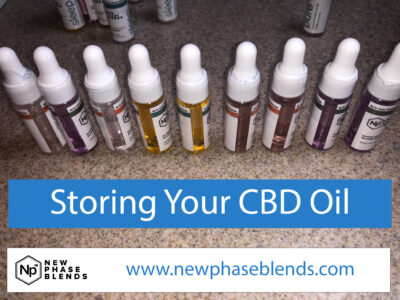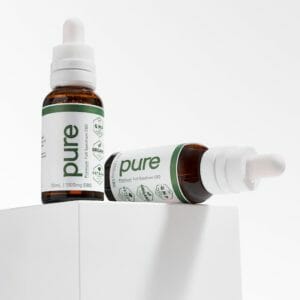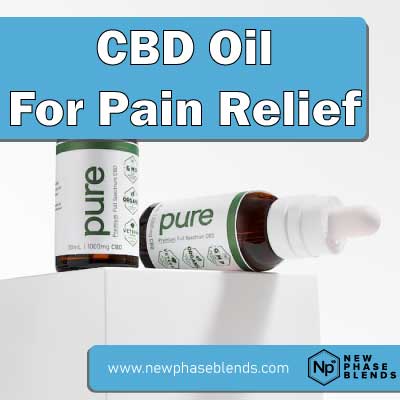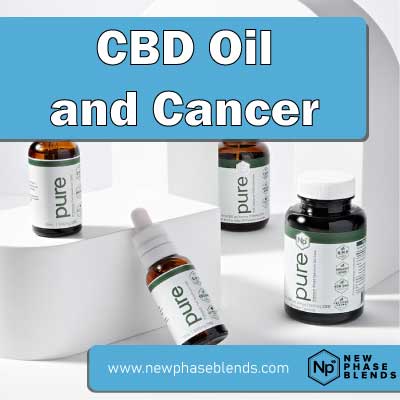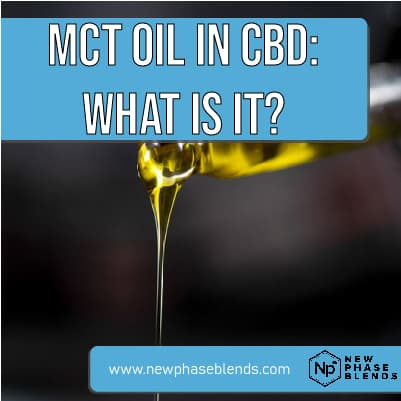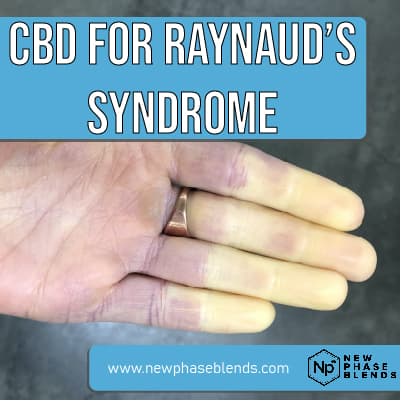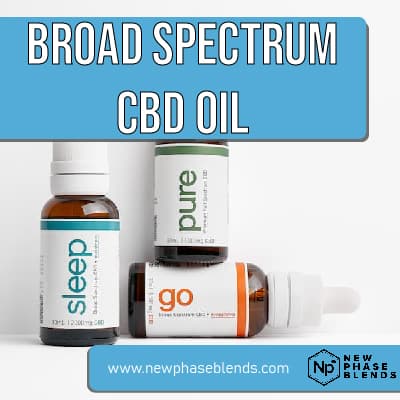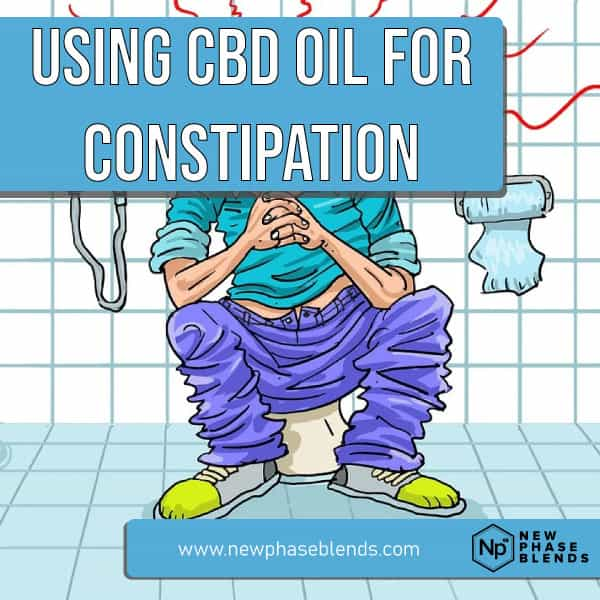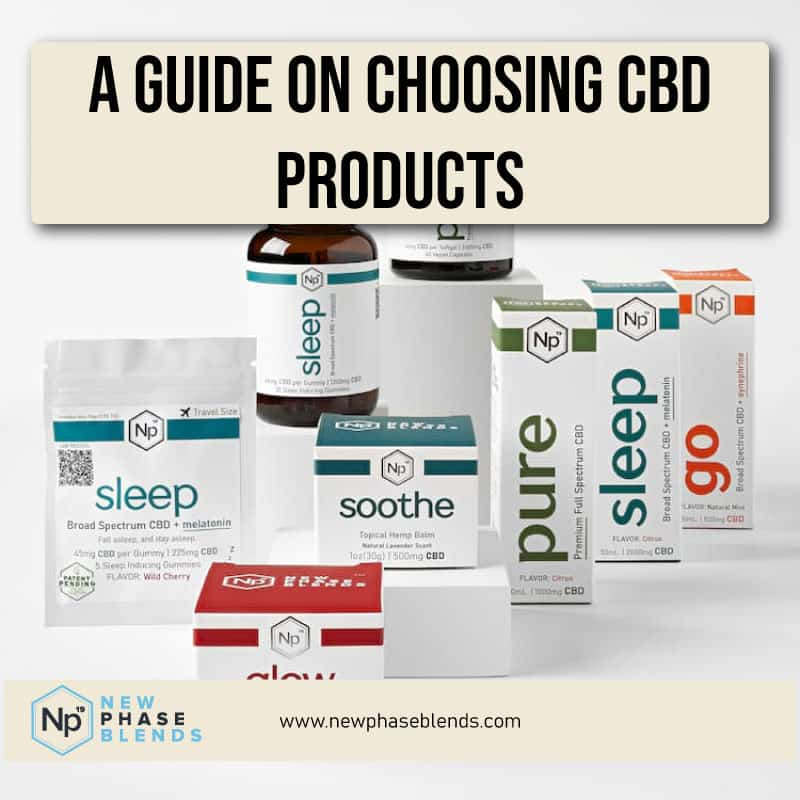For CBD enthusiasts and newcomers alike, understanding how to properly store your CBD oil can make all the difference between a product that maintains its therapeutic benefits for months and one that deteriorates quickly. Proper storage not only preserves potency but also protects your investment in this wellness product.
In this comprehensive guide, we’ll walk you through everything you need to know about storing CBD oil correctly, extending its shelf life, and maintaining its quality over time. Whether you’ve just purchased your first bottle or have been using CBD oil for years, these evidence-based recommendations will help you get the most from your products.
Why Proper CBD Oil Storage Matters
CBD oil isn’t just another supplement—it’s a delicate compound that can break down when exposed to certain environmental factors. The cannabinoids, terpenes, and other beneficial compounds in CBD oil are organic materials that undergo natural degradation processes over time.
When improperly stored, CBD oil can lose potency much faster than necessary. This means you might not experience the same effects even though you’re using the same dosage. Additionally, poor storage conditions can affect the taste, smell, and overall quality of your CBD product.
The three primary enemies of CBD oil longevity are heat, light, and air. Each of these factors can accelerate the breakdown of cannabinoids and other beneficial compounds, reducing both shelf life and effectiveness.
Understanding CBD Oil Shelf Life
Before diving into storage techniques, it’s important to understand what affects CBD oil’s shelf life. Typically, properly stored CBD oil can remain effective for 1-2 years from its manufacture date. However, several factors influence how long your particular product will last:
Extraction Method
CBD oils extracted using CO2 methods generally have longer shelf lives than those extracted with ethanol or other solvents. This is because CO2 extraction results in fewer impurities that might degrade over time.
Carrier Oil Base
The type of carrier oil used in your CBD product significantly impacts its shelf life:
- MCT oil (derived from coconut): 1-2 years shelf life
- Hemp seed oil: 12-14 months shelf life
- Olive oil: 12-18 months shelf life
Additional Ingredients
Some CBD oils contain flavoring agents, terpenes, or other botanical ingredients that may have shorter shelf lives than pure CBD. Always check product labeling for any specific storage recommendations based on these additional ingredients.
Optimal Storage Conditions for CBD Oil
Now that we understand the importance of proper storage, let’s explore the ideal conditions for maintaining CBD oil quality:
Temperature Control
Temperature fluctuations can rapidly degrade CBD oil quality. The ideal storage temperature range is between 60-70°F (15-21°C).
High temperatures accelerate cannabinoid breakdown. When CBD oil gets too warm, its chemical structure begins to change, potentially reducing its effectiveness and altering its flavor profile. Similarly, freezing temperatures can cause separation of the carrier oil and cannabinoids, affecting consistency and potency.
A cool, stable environment is your best bet for temperature control. This could be a pantry, cabinet, or drawer away from appliances that generate heat.
Light Protection
UV light is perhaps the most damaging environmental factor for CBD oil. When exposed to light—especially direct sunlight—CBD compounds break down rapidly through a process called photodegradation.
This is why quality CBD products come in dark amber or blue glass bottles that filter out damaging UV rays. However, even these protective bottles can’t block all light indefinitely, so keeping your CBD oil in a dark place remains important.
A cabinet, drawer, or any dark storage area works well. If your CBD oil came in a clear container (which is rare for quality products), consider transferring it to a dark glass bottle or keeping it inside an additional light-blocking container.
Air Exposure Minimization
Oxygen exposure accelerates oxidation of the compounds in CBD oil. Each time you open your CBD bottle, you introduce more air that can degrade the product.
Always tightly secure the cap on your CBD oil after each use. Some advanced users even go so far as to transfer their CBD oil into smaller containers as they use it, minimizing the air space in the bottle.
Humidity Considerations
Excessive humidity can promote microbial growth in CBD products, especially if they contain natural ingredients without preservatives. Store your CBD oil in a dry environment with moderate humidity levels.
Bathrooms and kitchens, which often experience humidity fluctuations, are generally not ideal storage locations despite their convenience.
Best Storage Practices by Product Type
Different CBD product types may have specific storage needs:
CBD Tinctures and Oils
These liquid formulations are the most sensitive to environmental factors. Follow all the guidelines above, placing special emphasis on temperature stability and light protection. The refrigerator can be suitable for long-term storage of some tinctures, but check manufacturer recommendations first.
CBD Capsules and Softgels
While more stable than oils, capsules should still be protected from heat and humidity. Keep them in their original container with the lid tightly closed, stored in a cool, dry place.
CBD Edibles
Products like CBD gummies may have shorter shelf lives due to their food ingredients. Refrigeration is often recommended for these products, but check packaging instructions for specific guidance.
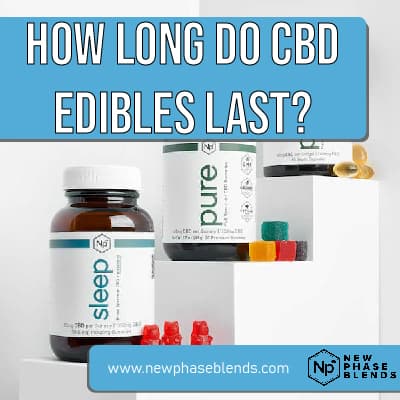
CBD Topicals
Creams, balms, and salves typically contain preservatives that enhance stability, but they should still be stored away from heat sources and direct light. Bathroom storage is particularly problematic for topicals due to humidity fluctuations.
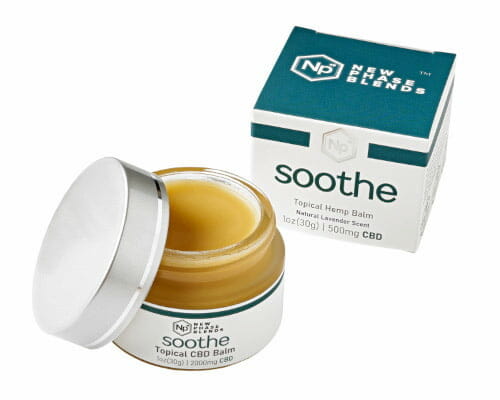
Signs Your CBD Oil Has Gone Bad
Even with proper storage, all CBD products eventually reach the end of their useful life. Here’s how to tell if your CBD oil has degraded:
Visual Changes
Fresh CBD oil typically has a clear, amber color that may vary slightly between brands. If you notice clouding, separation, or unusual particulates floating in the oil, these could indicate degradation.
Smell Alterations
Quality CBD oil has an earthy, plant-like aroma. If your product smells rancid, sour, or significantly different from when you purchased it, it may have oxidized beyond usability.
Taste Differences
A bitter or unpleasantly strong taste that wasn’t present initially suggests degradation. While CBD oil isn’t known for a pleasant flavor naturally, a dramatic change indicates problems.
Reduced Effectiveness
Perhaps the most telling sign is when your usual dosage no longer provides the same effects. This gradual reduction in potency often occurs before other signs become noticeable.
Common Storage Mistakes to Avoid
Many CBD users unknowingly compromise their products through these common storage errors:
Storing Near Heat Sources
Keeping CBD oil near stoves, heaters, or in car glove compartments exposes it to temperature extremes that accelerate degradation.
Leaving Caps Loosely Secured
A partially closed cap allows continuous air exposure that promotes oxidation and evaporation of volatile compounds.
Refrigerating Without Need
Not all CBD products benefit from refrigeration. In fact, for some formulations, cold temperatures can cause thickening or separation of ingredients. Always check manufacturer recommendations.
Transferring to Inappropriate Containers
Moving CBD oil to clear glass or plastic containers removes the light protection provided by original amber bottles. If transferring is necessary, only use dark glass containers.
Traveling with CBD Oil
Maintaining proper storage while traveling presents unique challenges:
Short Trips
For brief excursions, a small insulated bag can help maintain temperature stability. Keep the original container upright and tightly sealed to prevent leakage.
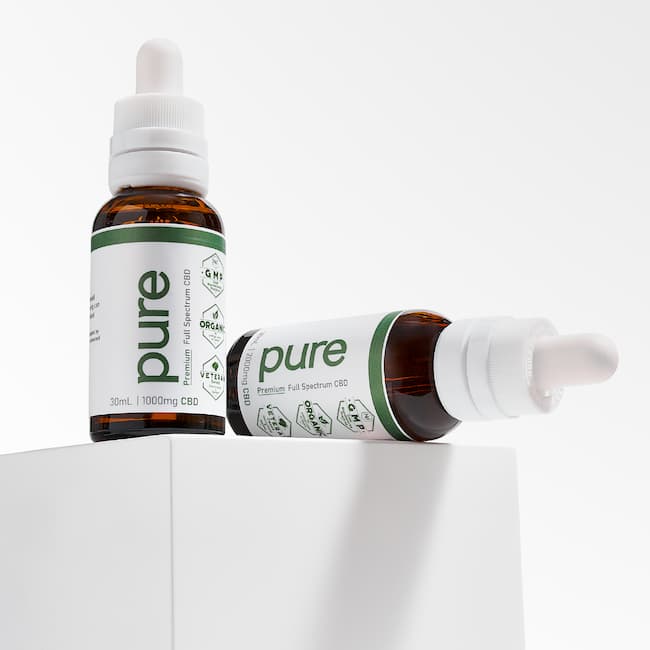
Air Travel
While traveling with CBD oil is generally legal (provided it contains less than 0.3% THC in the US), temperature fluctuations in cargo holds can damage products. When possible, keep small amounts in your carry-on luggage in accordance with liquid restriction policies.
Extended Trips
For longer journeys, consider travel-sized containers specifically designed for CBD products. Some manufacturers offer special travel packaging that addresses storage concerns while away from home.
Expert Tips for Extended CBD Oil Shelf Life
These advanced strategies can help maximize the longevity of your CBD products:
Batch Purchasing
Instead of buying large quantities at once, consider purchasing smaller amounts more frequently. This ensures you’re always using relatively fresh product.
Decanting Practice
As you use your CBD oil, consider transferring the remaining product to smaller containers to reduce air exposure in partially empty bottles.
Record Keeping
Note purchase dates and when you open new products to track their age. Most manufacturers include lot numbers and production dates that can help monitor freshness.
Consistency Matters
Establish a regular storage routine and stick with it. Frequent environment changes can accelerate degradation through temperature fluctuations and additional air exposure.
Conclusion: Balancing Convenience and Conservation
Properly storing CBD oil requires finding the right balance between accessibility and preservation. While a refrigerator in a dark basement might provide optimal storage conditions, it’s not practical if it discourages regular use.
The key is creating a system that works for your lifestyle while mitigating the most damaging factors: heat, light, and air. Even implementing some of these recommendations can significantly extend your CBD oil’s useful life and preserve its beneficial properties.
By following these science-backed storage guidelines, you’ll ensure that every drop of your CBD oil delivers the full potential benefits you expect, protecting both your wellness routine and your investment in quality CBD products.
Remember that specific storage recommendations may vary by brand and formulation, so always check manufacturer guidelines for your particular product. When in doubt, store your CBD oil like you would a fine olive oil—cool, dark, and sealed—and you’ll be on the right track to maximizing its shelf life and effectiveness.



